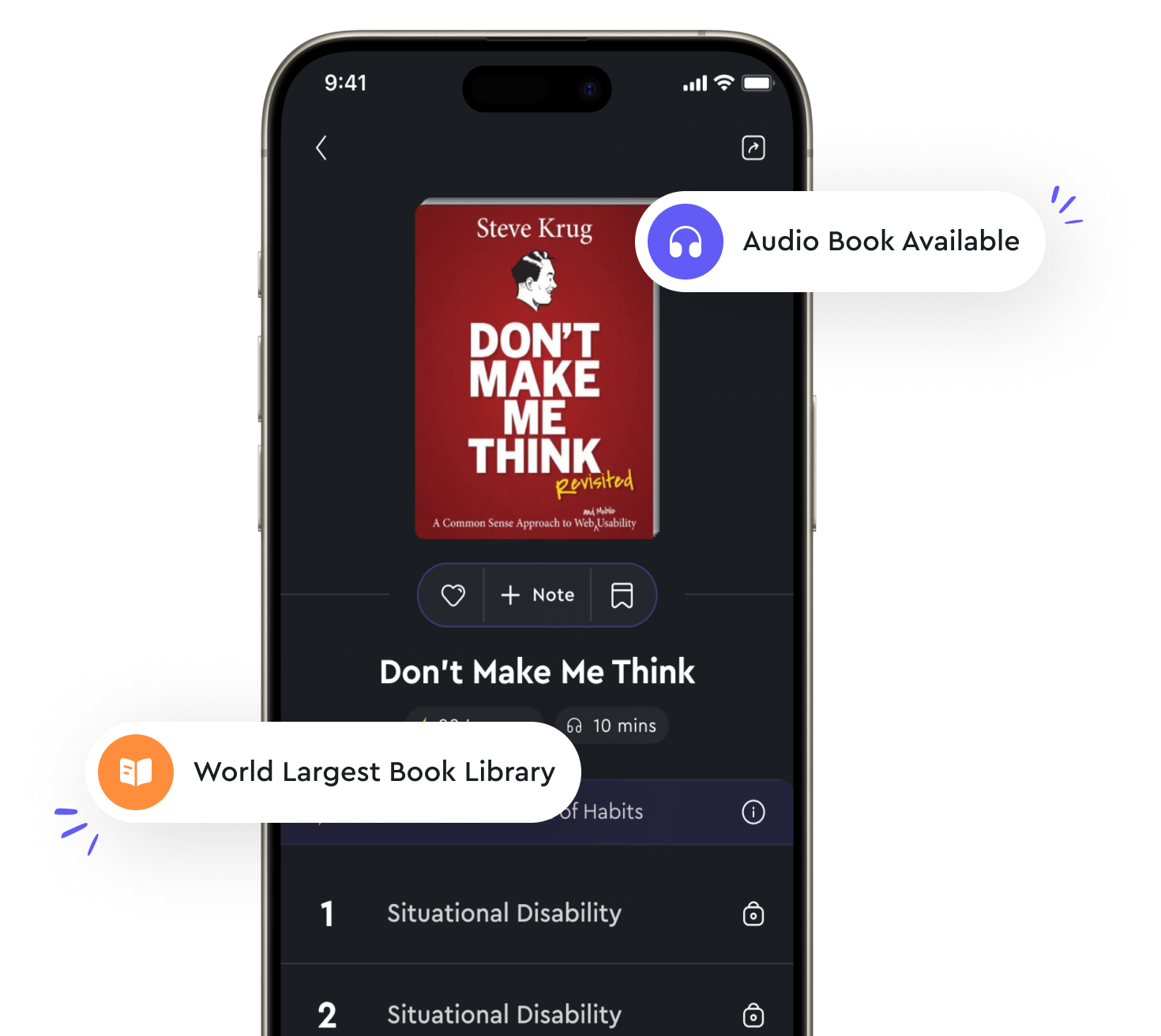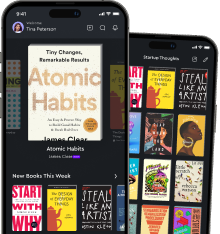Understanding body language art performances from "summary" of Psychology and Performing Arts by G.D. Wilson
This topic is about understanding the non-verbal cues in art performances. It delves into the physical and mental state of performers and how they convey their emotions through their body language. It also explores how the audience interprets these signals and the role of body language in creating an impactful performance.- Body language is an influential and often unconsciously used component of performing arts that can profoundly affect its overall outcome. It has been studied extensively in various fields, including psychology, to assess the effects it can have not only on entertaining audiences but also as a means to amplify whichever emotion or moral being conveyed.
- Artful expression allows performers to better engage with their audience, layer messages with ideas and create heightened emotional experiences for spectators. Establishing a believable connection based on what characters are feeling plays a key role in successful performances worldwide.
- Controlling one's body language can be challenging mentally but beneficial in terms of nailing down the desired performance. Understanding the different types of body language through observation of oneself and others is essential.
- Analyzing body language and implementing proper techniques when delivering pieces can help achieve a lasting impression. This could assist theater groups, musicians and other entertainers in creating a powerful impact on the minds of their viewers.
- Symbolic gestures, such as hand signals, postures, eye contact, facial expressions and physical touch are all non-verbal communication methods that can bring clarity to a story or situation depending on how they’re executed on stage.
- Memorizing cues from scripts and blocking choreography is necessary to ensure that body movements correspond with the words spoken on the stage. Effective execution of these actions will add depth and authenticity to any production.
- The muscles and nerves that control movement must be trained to demonstrate stability and strength whilst providing flexibility and agility during performances. Practising regularly helps refine existing skills and acquire new ones.

